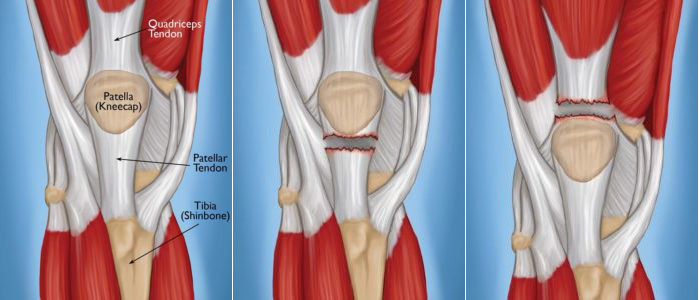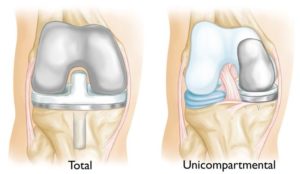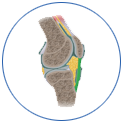Knee arthritis causes serious knee pain, knee disability and affects everyday activities, like walking or climbing stairs. There are no treatments to reverse the knee arthritis process, however the current treatments for knee arthritis help to relieve the pain and improve knee function.
Dr Tawari is one of best trained Orthopedic Knee surgeon in Mumbai, India. He has trained in the UK and has orthopedic consultant experience from the UK in treating Knee pain and Knee arthritis. He is a very accomplished knee surgeon.
Dr Tawari offers a comprehensive evaluation, diagnosis and treatment of Knee pain and other knee conditions, and routinely undertakes knee arthroscopy and knee replacement surgery

The major tendons responsible for extension (straightening) of the knee joint are the quadricep tendon and the patellar tendon. The patellar tendon attaches the bottom of the kneecap (patella) to the top of the shinbone (tibia). Injury to any of these tendon results in loss of extensor mechanism of the knee.
Quadriceps tendon / Patellar tendon rupture
A complete tear of the quadricep/patellar tendon results in separation of the tendon from the kneecap, causing inability to straighten the knee.
Cause
A very strong force or a weakness in tendon results in rupture. Injury from a heavy fall or landing from a jump is common. Weakness of the tendon could result from tendinitis (Jumper’s Knee), use of cortisone injection, chronic diseases like renal failure, Rheumatoid arthritis, Diabetes mellitus, metabolic disease, infection and previous surgery (total knee replacement).
Presentation
Tearing or popping sensation with pain and swelling. Inability to straighten the knee. An indentation can be felt above the kneecap (quadricep tendon) or at the bottom of the kneecap (patellar tendon) with bruising and cramping. Difficulty walking with knee giving way.
Treatment
Surgery is required to regain knee function. Surgical repair reattaches the torn tendon to the kneecap. Splint is worn for 6 weeks following surgery with physiotherapy started at 3 weeks. It can take 6-9 months for return to sports.
Knee arthritis causes serious disability and affects everyday activities, like walking or climbing stairs.
Causes
Osteoarthritis (wear-and-tear) – commonest
Rheumatoid Arthritis
Post-traumatic Arthritis (After knee trauma)

Symptoms
- Pain – generally develops slowly over time, worse after sitting.
- Stiffness and swelling of the joint
- Restricted movement with difficultly to bend and straighten the knee.
- Locking, creaking, clicking or snapping of the knee.
Treatment
There is no cure for arthritis, treatments help to relieve the pain and disability.
Nonsurgical Treatment
- Lifestyle modifications – Switching from high impact activities (like jogging or tennis) to lower impact activities (like swimming or cycling), losing weight reduces stress on the knee joint and improves function.
- Physiotherapy and Exercises – Exercises help increase range of motion, flexibility and help strengthen the leg muscles.
- Assistive devices – Walking stick, knee brace or knee sleeve, elastic bandages may all help to support the knee.
- Medications – Non steroidal anti-inflammatory medications, a COX-2 inhibitor and non narcotic medication.
- Injections – corticosteroids injections (limited the number of injections to three or four per year, per joint, due to possible side effects.
- Disease-modifying anti-rheumatic drugs (DMARDs) are used in rheumatoid arthritis.
- Visco-supplement/PRP injections – This involves injecting special substances to improve the quality of the joint fluid.
- Glucosamine and chondroitin sulphate tablets

Surgical Treatment
- Arthroscopy – Arthroscopic surgery is used in younger patients with an accompanied degenerative meniscal tear
- Cartilage grafting – Considered for younger patients with smaller area of cartilage damage.
- Osteotomy – Knee osteotomy is used in young patients with damage to one side of the knee joint. It shifts the weight on the normal side.
- Partial (Half) knee replacement (uni-compartmental) – Indication for this procedure are strict and requires pre-requisites in patients. The longevity of the procedure is debated and requires surgical accuracy for a good long term outcome.
- Total knee replacement (TKR) – Helps relieve pain and improve mobility. Current survival results are unto 20 years.

